The early banders catch the birds
Foreman’s Branch Bird Observatory is part of a national network of bird banding stations
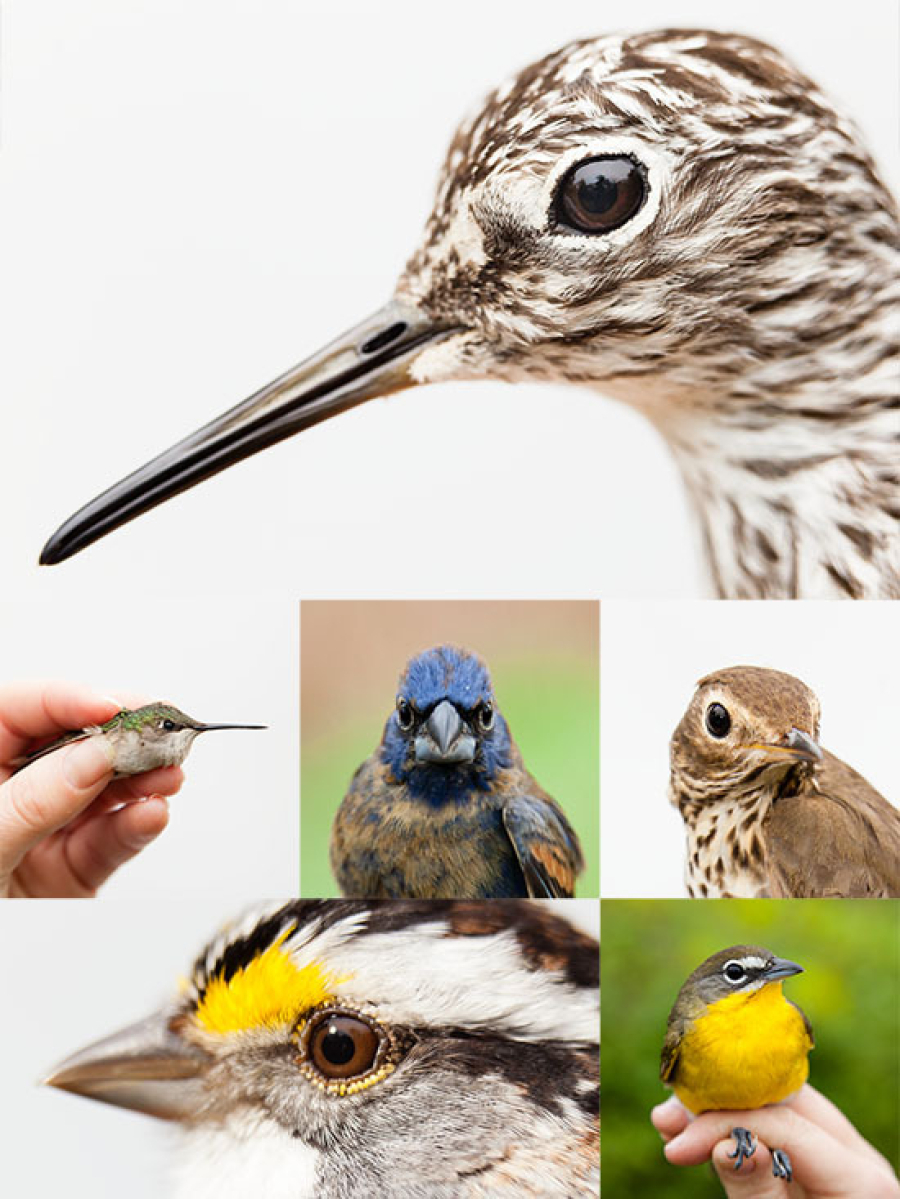
At sunrise on an unseasonably cold, drizzly May morning, you might expect most people to still be curled up in bed, huddled under the blankets and dreaming of warmer weather. But on the Chesapeake Bay’s Eastern Shore, the birds are up and active, which means so are the bird banders at Foreman’s Branch Bird Observatory.
“We start an hour before sunrise, so right now that’s about 5:15 [a.m.],” says Amanda Spears, one of the banders at Foreman’s Branch. “It’s really busy the first couple of rounds, but it dies down later as the birds settle in after migrating all night.”
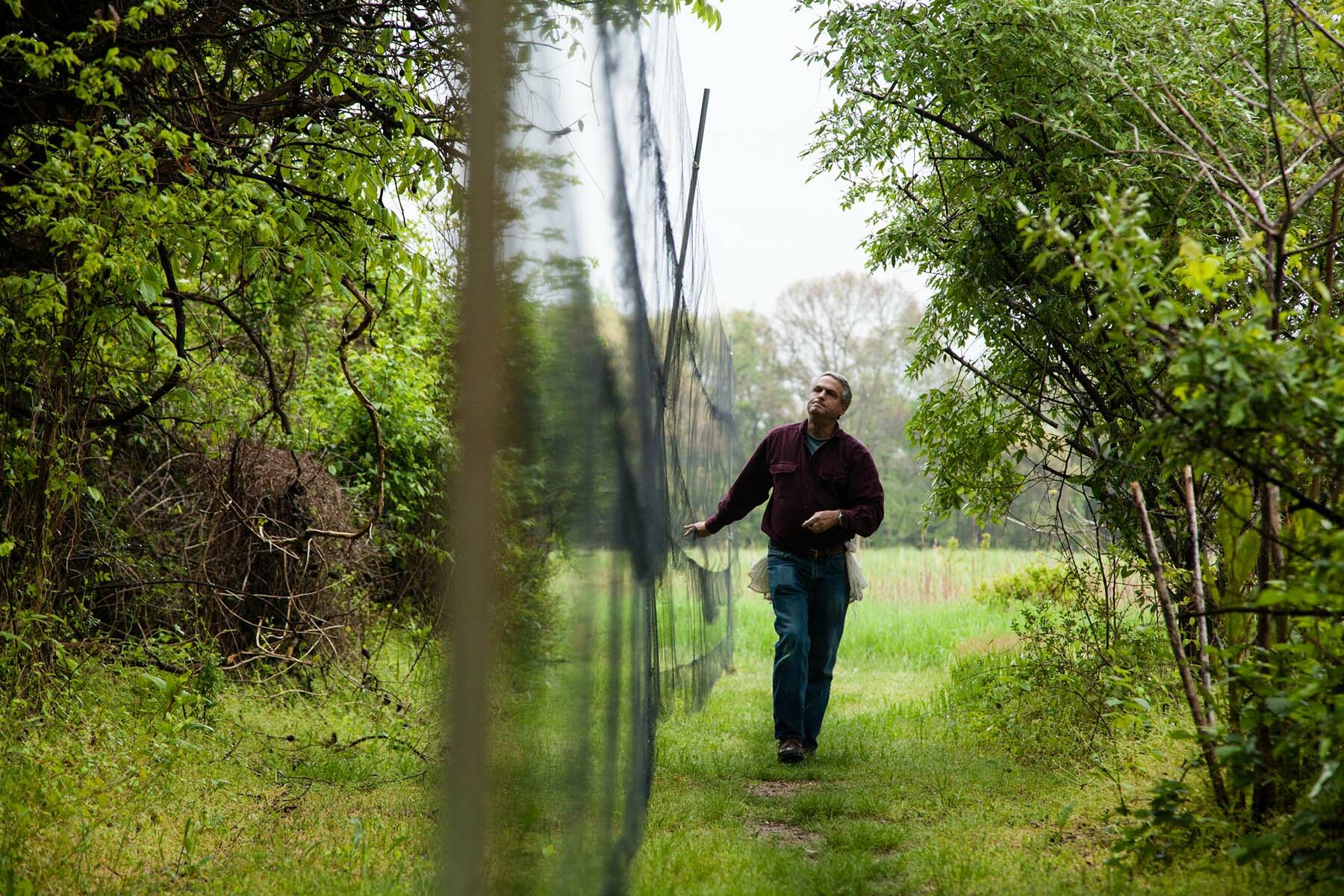
Part of Washington College’s Center for Environment & Society and named for the branch of the Chester River that flows nearby, Foreman’s Branch Bird Observatory is the only major migratory bird banding station on Maryland’s Eastern Shore. From March 1st through the end of May, Spears and her colleagues spend up to eight hours each day catching and banding birds as they migrate through the area.
Between spring and fall migrations, the team bands close to 15,000 birds each year. Spring migration in particular flies by. “Once the birds leave the tropics, they’re where they want to be in about two weeks,” explains Jim Gruber, director of Foreman’s Branch Bird Observatory. A retired Natural Resources officer, Gruber has been banding since he was 15 years old and now volunteers his time and expertise at Foreman’s Branch.
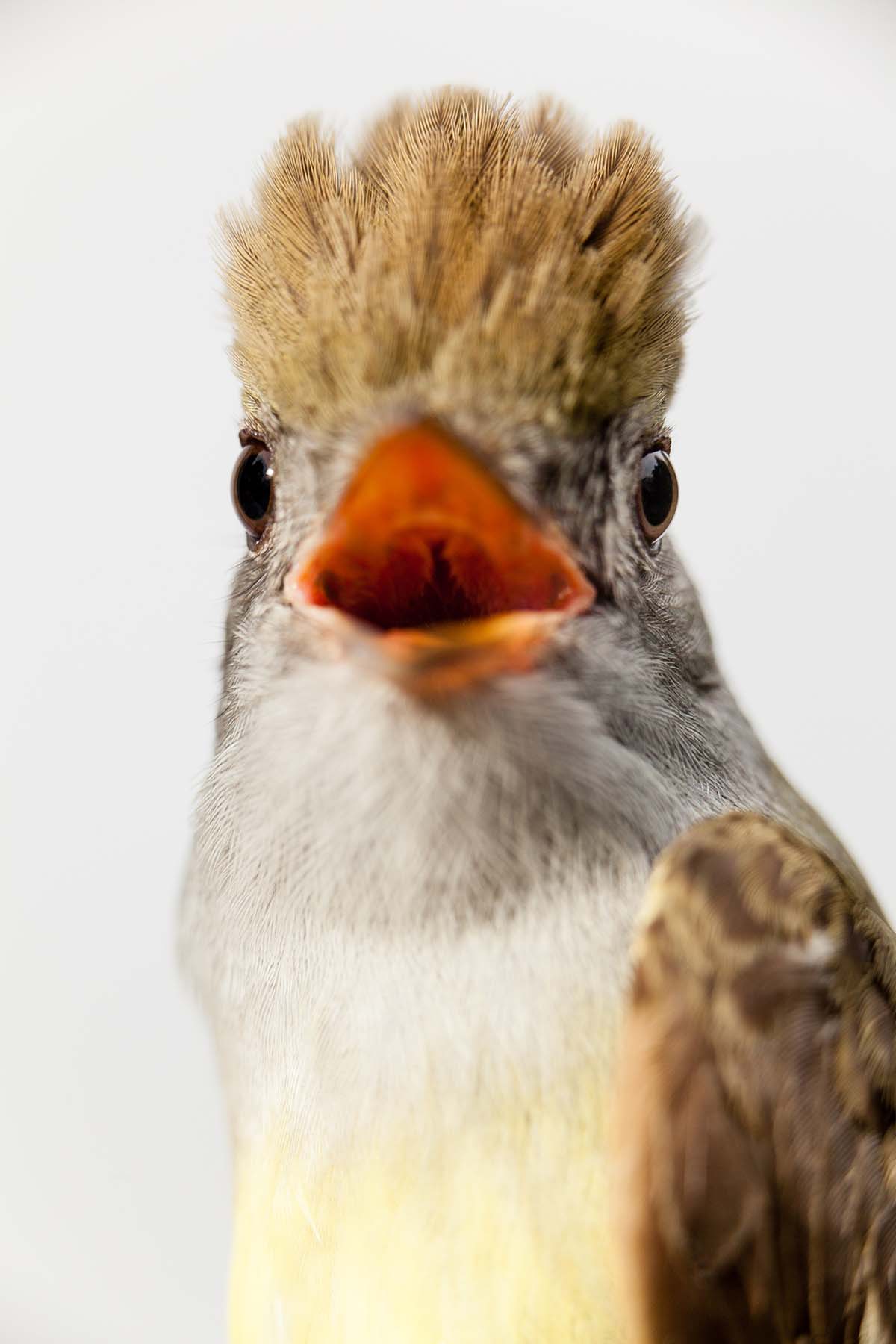
Foreman’s Branch and other bird observatories use mist nets—fine-mesh, polyester nets that hang loosely between two poles—to catch and monitor migrating birds. Each bird is carefully carried back to the banding station, where information is recorded on its age, sex, weight, body fat and more. New avian visitors are fitted with a small, stamped aluminum band on one leg; others, like return visitors, may already have a band. Researchers can use this band number to track how long ago a bird was banded and the places it may have stopped along its travels. Some species may travel thousands of miles from their wintering grounds to spring and summer habitat.
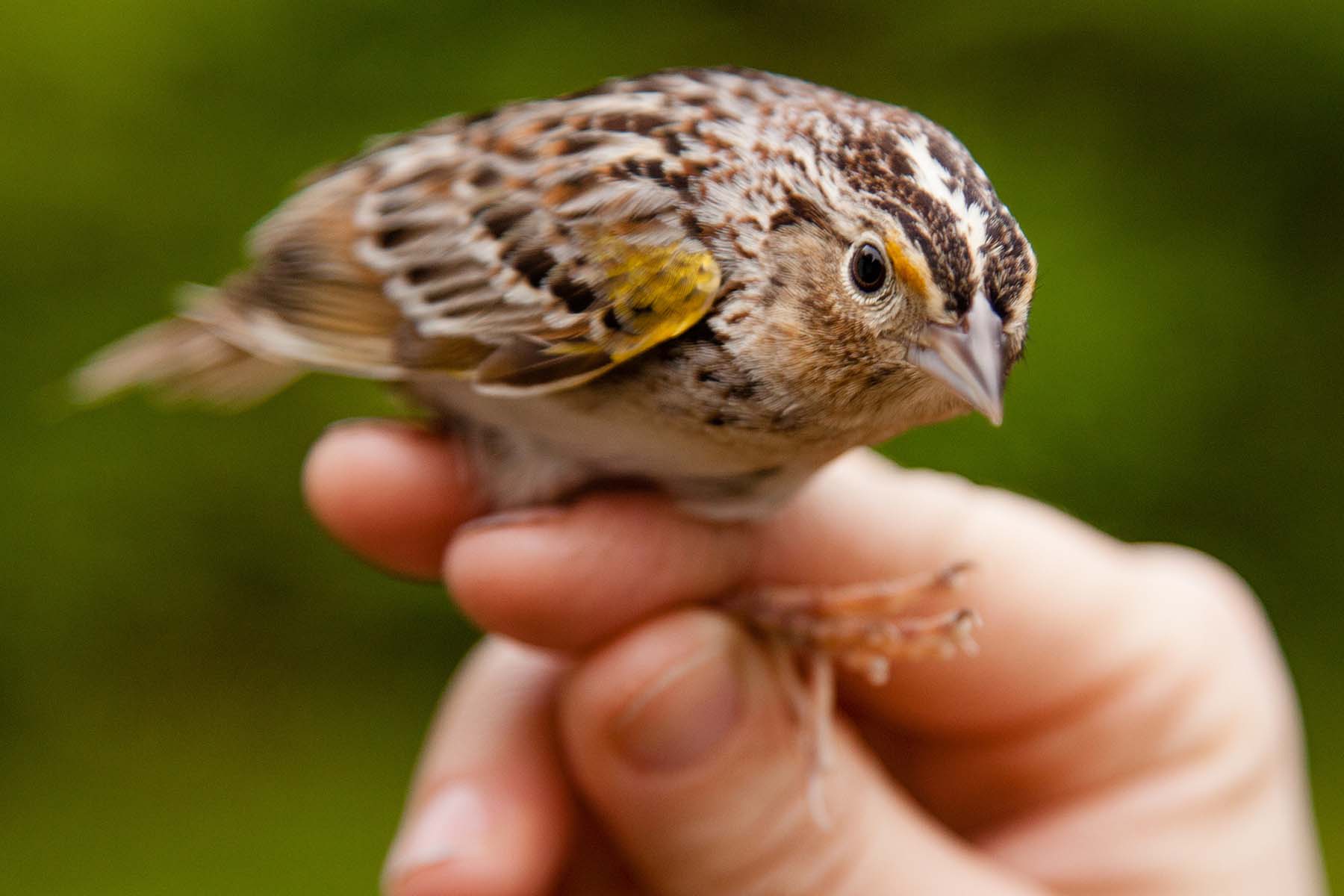
Data that the banders collect—along with banding data from across the country—is sent to Patuxent Wildlife Research Center in Laurel, Maryland: home of the Bird Banding Laboratory, which partners with the Canadian Wildlife Service’s Bird Banding Office to form the North American Bird Banding Program. As of 2012, the Bird Banding Laboratory received more than 1.2 million banding records each year. The information helps scientists understand migration patterns, population dynamics, the effects of management actions and the status of threatened or endangered species.
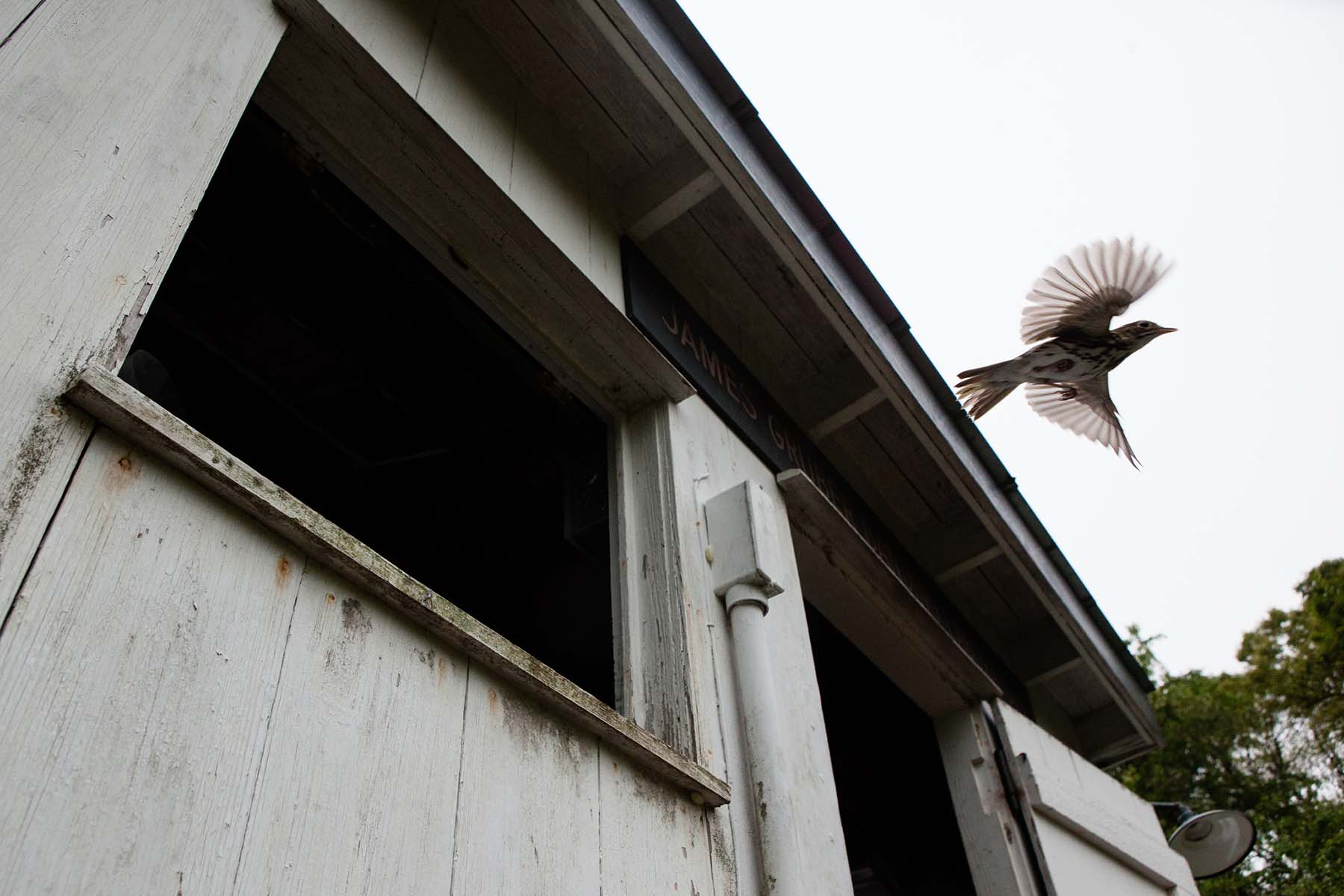
For the birds themselves, though, the banding station is nothing more than a quick stopover. As banders finish with each bird, it’s released out a window and sent on its way. Some pause on a nearby shrub or tree limb, but most fly quickly out of sight, off to fill up on food and prepare for the next leg of their journey.
To protect the safety and health of migrating birds, bird banding is a strictly controlled activity in the United States. Banding permits are only given to trained professionals whose projects aid in bird conservation and management. If you find a banded bird, report the band number at www.reportband.gov or 1-800-327-BAND along with where, when and how you recovered the bird.
To view more photos, visit the Chesapeake Bay Program's Flickr page.

Comments
There are no comments.
Thank you!
Your comment has been received. Before it can be published, the comment will be reviewed by our team to ensure it adheres with our rules of engagement.
Back to recent stories